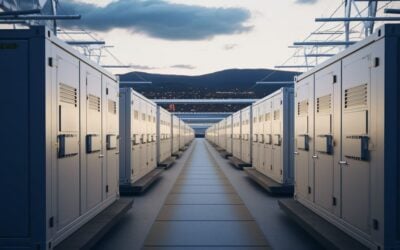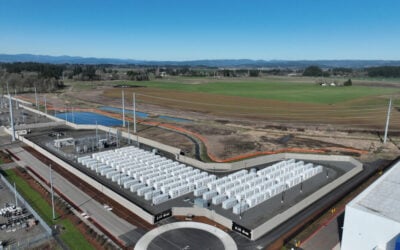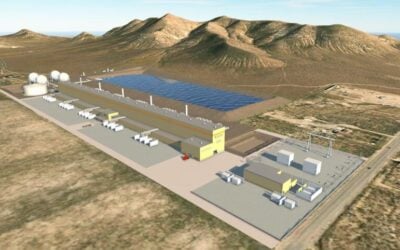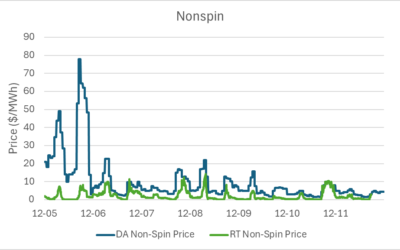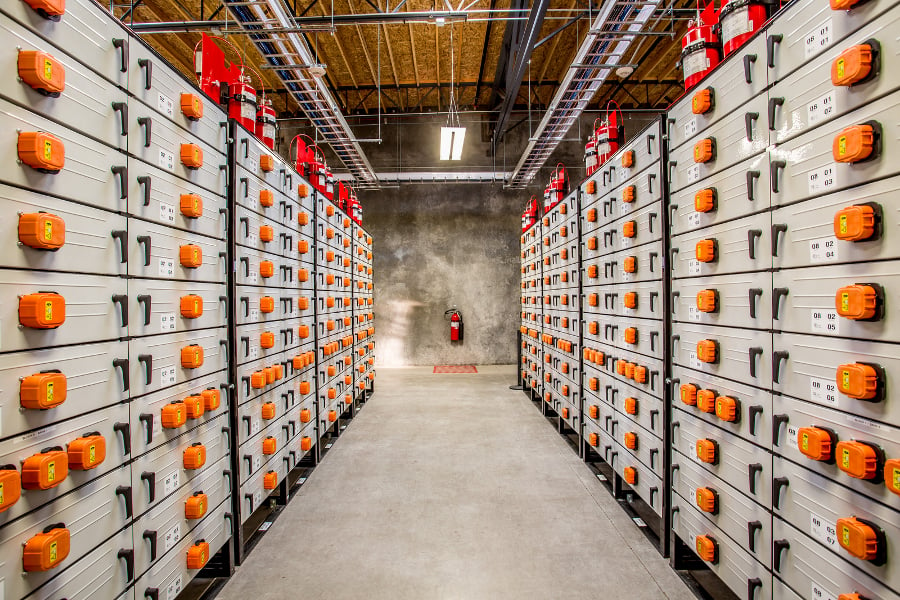
Oregon-based utility company Portland General Electric (PGE) intends to spend around between US$50 million to US$100 million on around 39MW of energy storage, company executives have revealed.
Maria Pope, company president and named successor to current CEO Jim Piro, made the announcement during an earnings call to discuss the utility’s Q3 2017 performance. Pope, who became president at the beginning of October and takes over from Piro in January, emphasised the importance of “investments to seamlessly integrate our customers energy resources”, in distributed energy resources including battery storage to add grid stability, network flexibility and opportunities to add more renewable energy into the mix.
Pope referred back to a previously filed integrated resource plan (IRP) and said that Portland General would file a proposal for its energy storage development plans by mid-November. This would be in accordance with HB 2193 (House Bill 2193), Oregon’s state mandate under which Portland General and another utility, Pacificorp, must deploy 5MWh of energy storage by the beginning of 2020. Regulator Oregon Public Utility Commission (PUC) issued guidelines and timelines on how this could be done, a few months ago.
“We propose about 39MW of energy storage to be developed over the next several years, which will include a number of projects in a variety of locations, including existing generation, distribution and customer sites,” Pope said.
Try Premium for just $1
- Full premium access for the first month at only $1
- Converts to an annual rate after 30 days unless cancelled
- Cancel anytime during the trial period
Premium Benefits
- Expert industry analysis and interviews
- Digital access to PV Tech Power journal
- Exclusive event discounts
Or get the full Premium subscription right away
Or continue reading this article for free
She added that the 39MW of projects were estimated to incur capital costs of between US$50 million and US$100 million, which the utility did not include in its forecasts for capital expenditure.
PGE’s plans in terms of what to do with the 39MW pipeline of energy storage is expected to go public after the utility files its proposal with the Oregon Public Utility Commission later this month. PGE’s 2016 IRP said by 2021, its capacity needs would be at around 561MW, of which 240MW “would need to be dispatchable”, implying a business case for energy storage exists around that.
The utility’s earnings reports showed Q3 2017 net income of US$40 million, compared with US$36 million in the third quarter of 2016. The higher income and what Jim Piro called a “strong performance” in the quarter was attributable to “higher energy deliveries across all customer groups”, Piro said.
Additional reporting by Andy Colthorpe.
PGE earnings call transcript by Seeking Alpha.

